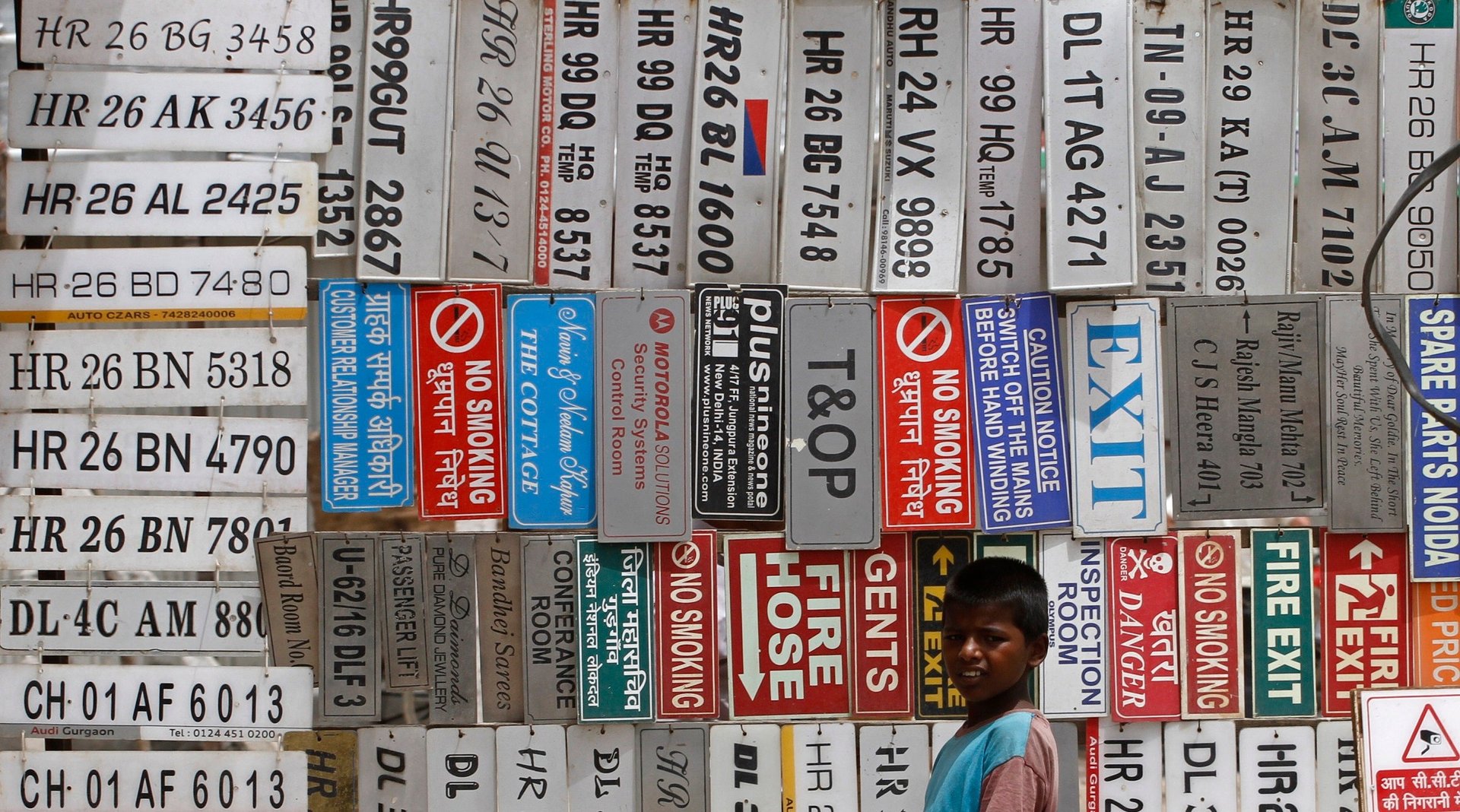How to read the 21-character company code that is about to become ubiquitous in India
U12345MH2014PTC123707


U12345MH2014PTC123707
Unless you are an accountant or have set up a company, you might not know what this number is. And so far that was ok because the only places this number was quoted were usually company registration documents and balance sheets. That is about to change.
Changes in the Companies Act made last year means you are going to see a lot of these numbers. Law now requires that every official communication by a company must quote this unique number given to every firm, called the Corporate Identity Number, or CIN. It will be on bills, invoices, letterheads and notices and other official documents. Many companies have already started adding the number to email signatures of executives.
Here is how you can make sense of it.
The 21 characters alpha-numeric code comprises of six sub-parts.
In the case of the CIN quoted above, you can instantly know that it is an unlisted company. The first letter tells you that. If the company is listed on the stock exchanges, the CIN number starts with an L.
The next five digits in the number denote the industry to which the company belongs. The Ministry of Corporate Affairs has a number allotted for every category or industry. The two letters after that denote the state where the company is registered. For example MH in this case is for Maharashtra. This works the same way that car registration numbers would. DL would denote Delhi. Two states in India—Maharashtra and Tamil Nadu—have more than one RoC. In Maharashtra for instance, the RoC in Mumbai is denoted by MH and the one in Pune is denoted by PN. There are 23 RoCs in all.
The four digits thereafter denote the year the company was incorporated in. The company in the above example would therefore be registered in 2014.
The subsequent three letters, in this case PTC, denotes the classification of the company. Whether the company is a public limited company or a private limited company, for instance. The CIN number here could have letters like FTC which means the company is a subsidiary of a foreign company or GOI which denotes that the company is owned by the Indian Government. Not-for-profit companies will have the letters NPL. ULL and ULT denote that the company is, respectively, a public and private limited company with unlimited liability.
The last set of six digits represents the registration number of the company issued by the Registrar of Companies.
Effective from 1 April, all companies are required to cite the CIN number in all communications.